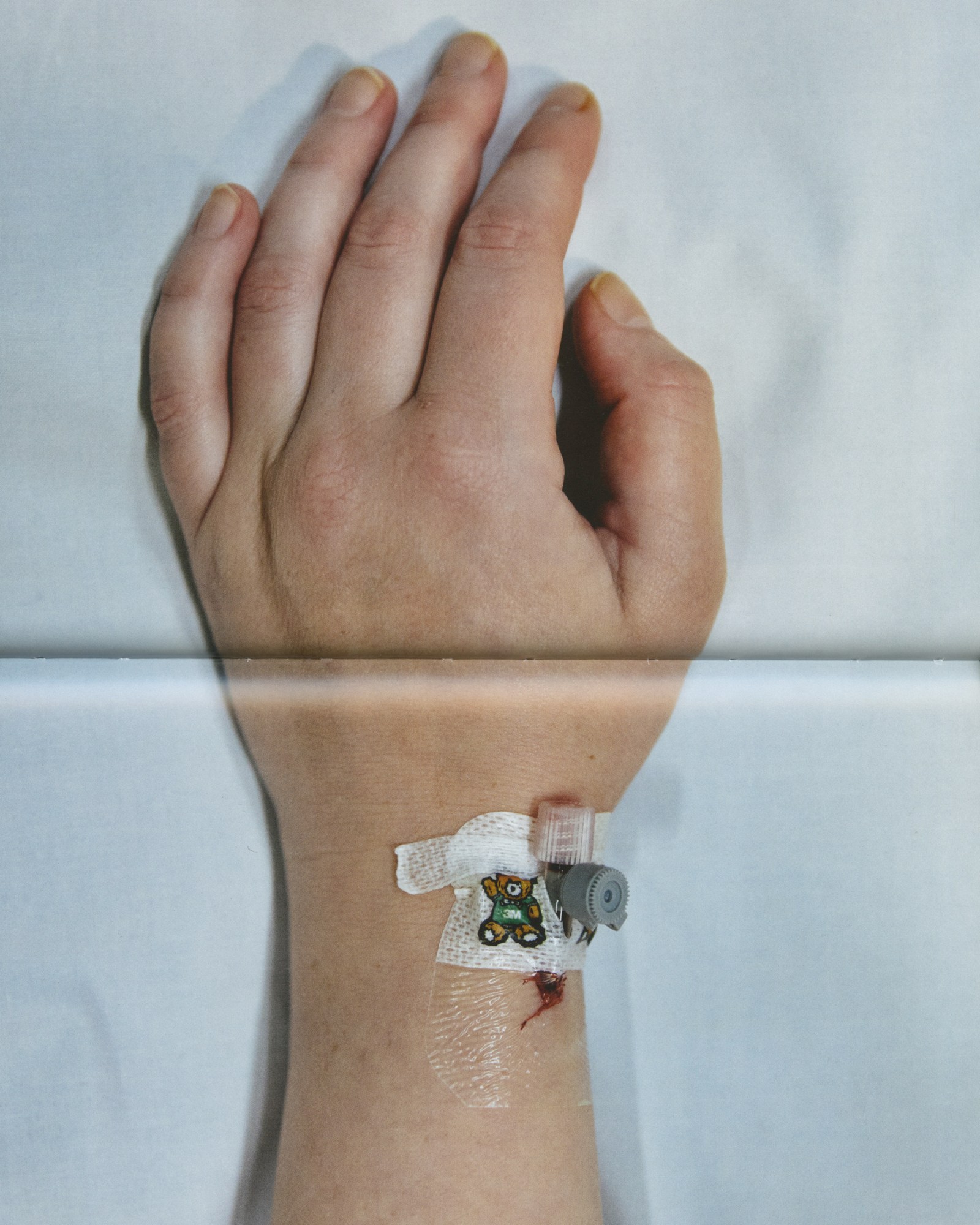Chronic pain and youthful abandon—in Frida Forever, photographer Frida Lisa Carstensen Jersø moves between self-portraits and staged photography to explore what it means to live in her world.

What’s your name?
Frida Lisa Carstensen Jersø
Where do you live and where are you from originally?
I’m living in Copenhagen City, where I was born and raised.
How do you describe what you do?
I am a photographer working within the realms of sick and therapeutic photography. My focus centers on the body and its limitations, with a particular interest in the sick body, ableism, and society’s perceptions of these issues. Through my work, I explore both the physical and emotional aspects of being young, disabled, and ill.
Where did the idea for the project originate from?
Frida Forever wasn’t born from a traditional idea—where you conceptualise a project and then execute it. It was a state of being: I am here, I am sick, and I am a photographer, so I take pictures. In the hospital, I was so deeply immersed in my sick, disabled, and young body—both physically and mentally—that creating became a necessity. The project began while I was hospitalised during my bachelor’s studies in fine arts, and continuing to take pictures felt natural. Early on, I knew it would culminate in a photobook, as my artistic practice has long centred on the sick and disabled young body.

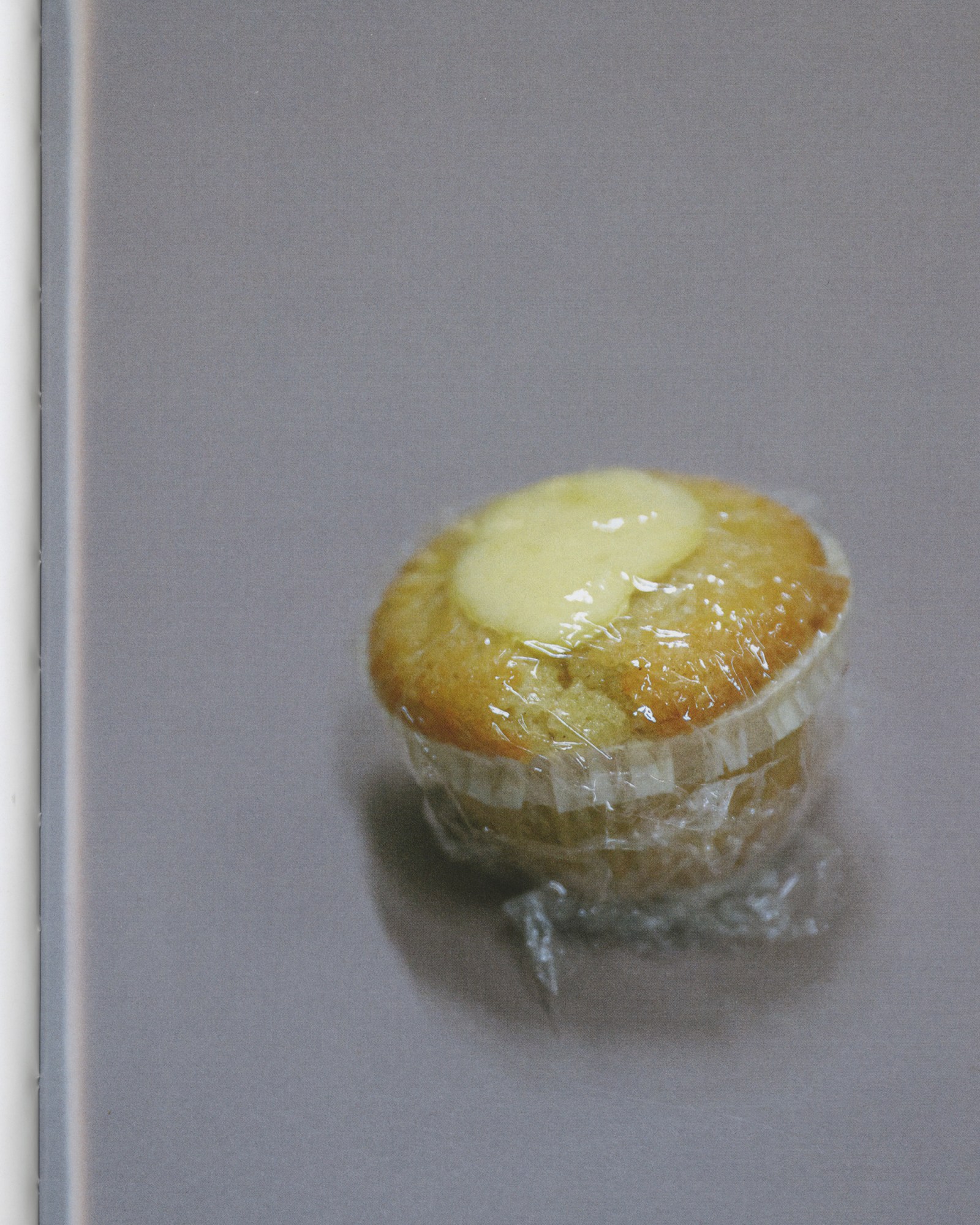
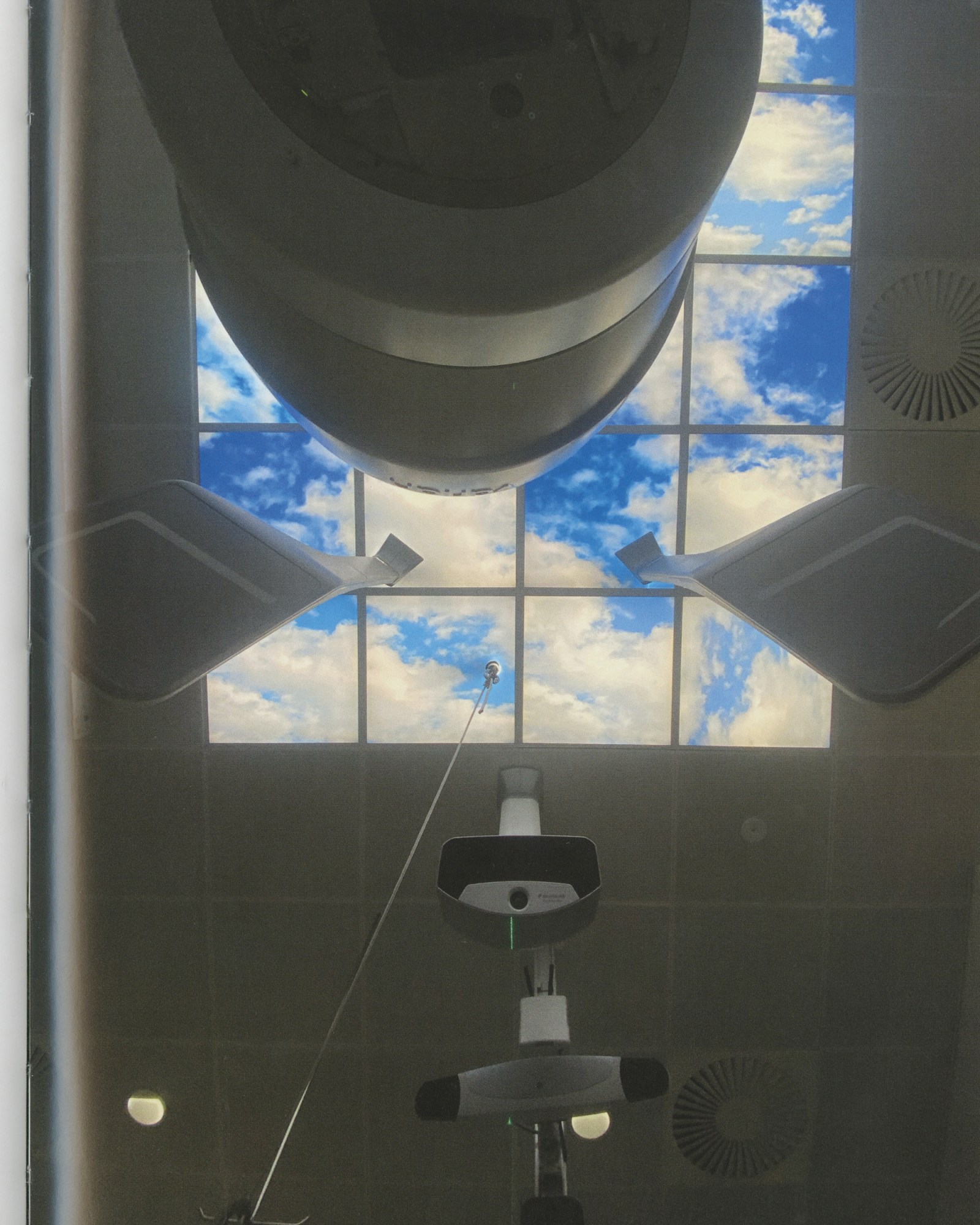



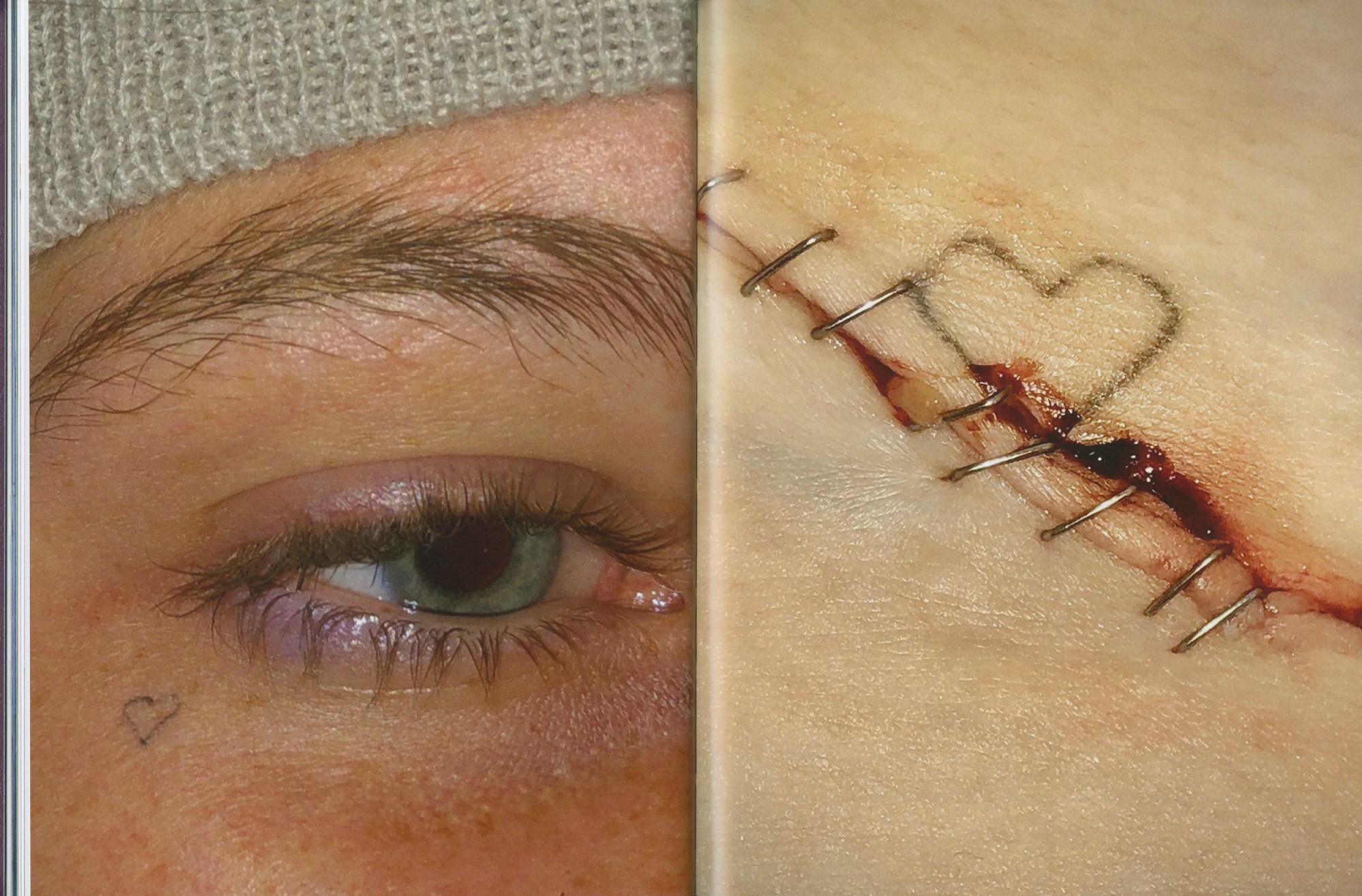
Did you have any revelations during the creation of it and, if so, what were they?
I had many revelations while creating this book—both in my personal life and in my practice. The biggest was realising, on a whole new level, the power of photography and self-portraiture in moments close to death, and the strength that comes from manifesting the self in an image. I also discovered how my hospital surroundings could serve as creative fuel. On a more practical level, I learned the value of collaboration. As a photographer, you don’t always have to be a one-person band—especially when creating a photobook, working with others is essential.
Can you recall a memorable encounter you had while making it?
While in the hospital working on this book, I showed the doctors my project as they were working to save my life. It was a memorable moment—both surreal and strange. In different ways, it felt like we were working on the same thing.
What about the project moved you?
Working on the project alone in the hospital for a year and a half, then returning to school, engaging in peer critiques, and seeing my work through others’ eyes helped me truly understand what I had been creating. Hearing different perspectives and receiving feedback made me realise the significance of my work. Securing a deal with Disko Bay reinforced that it wasn’t just important to me—it resonated with others as well. That moved me deeply.

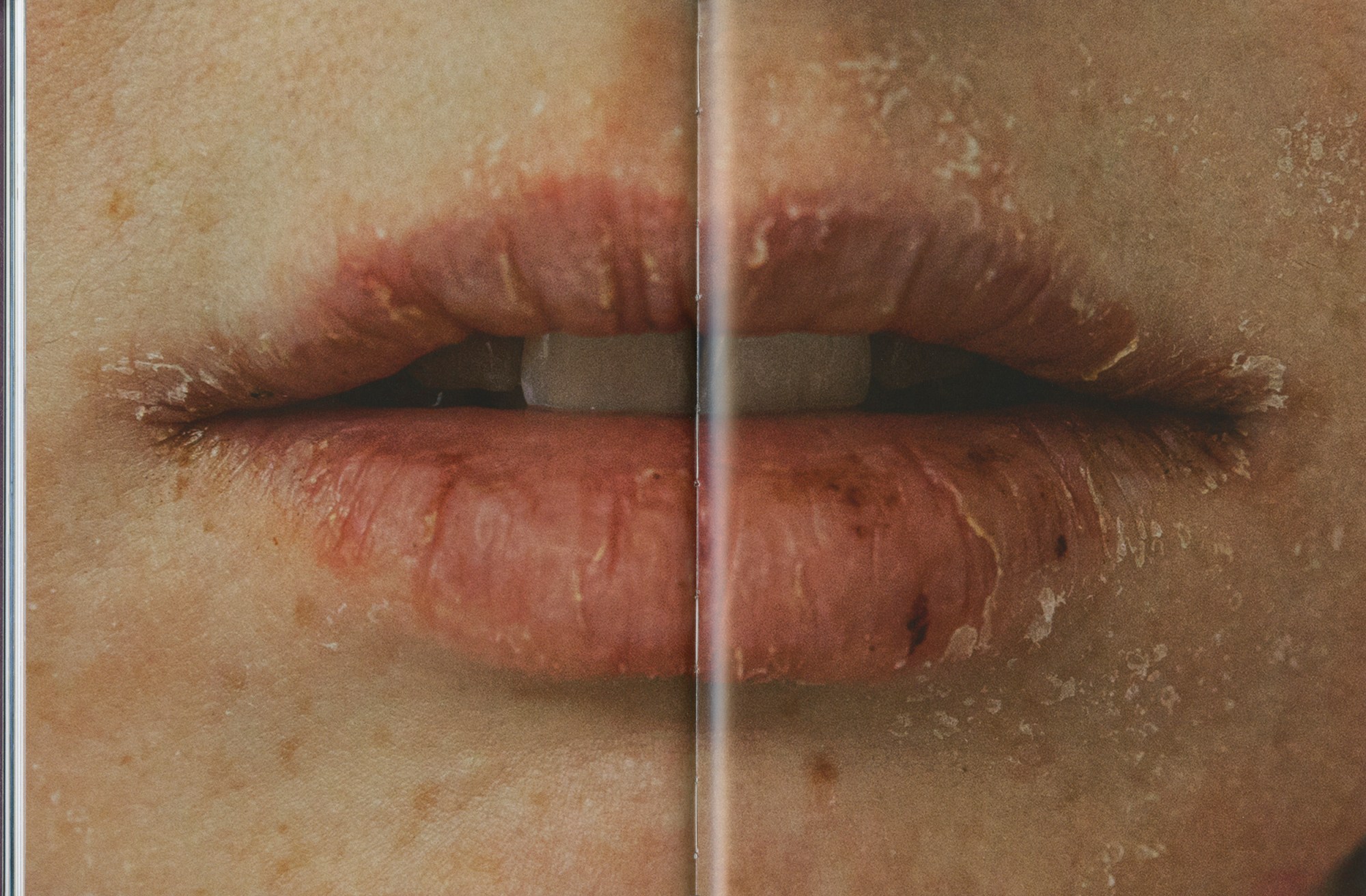
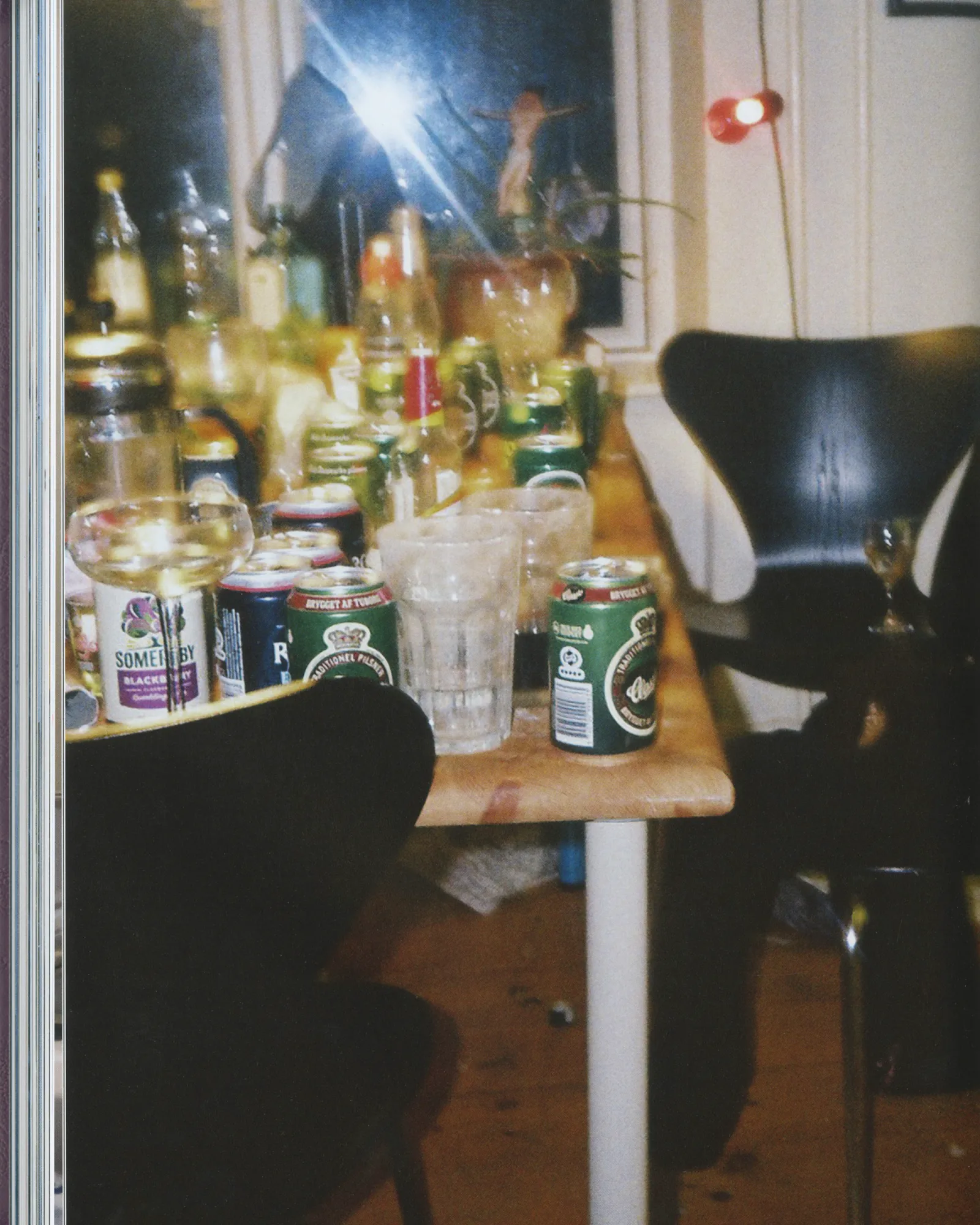
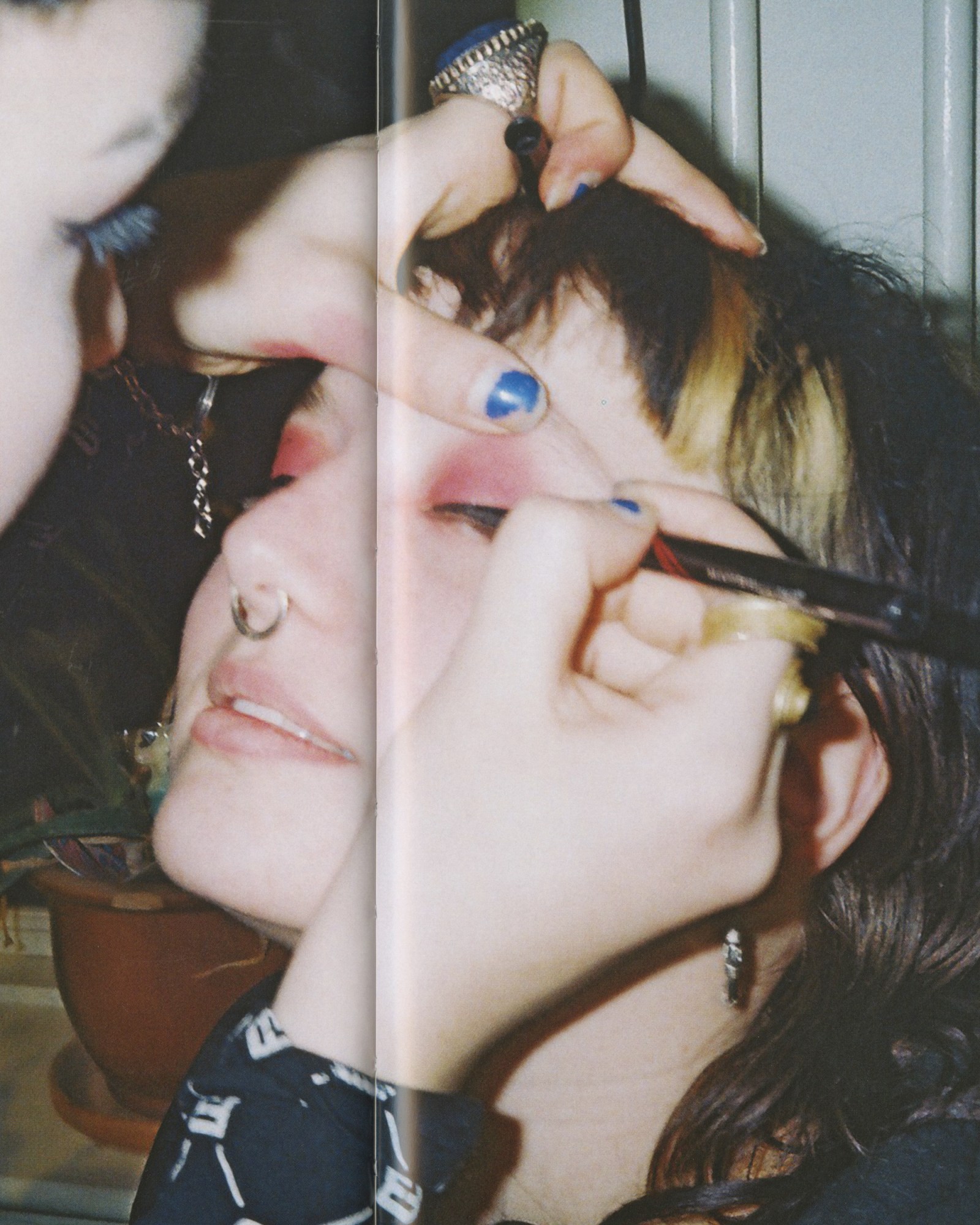
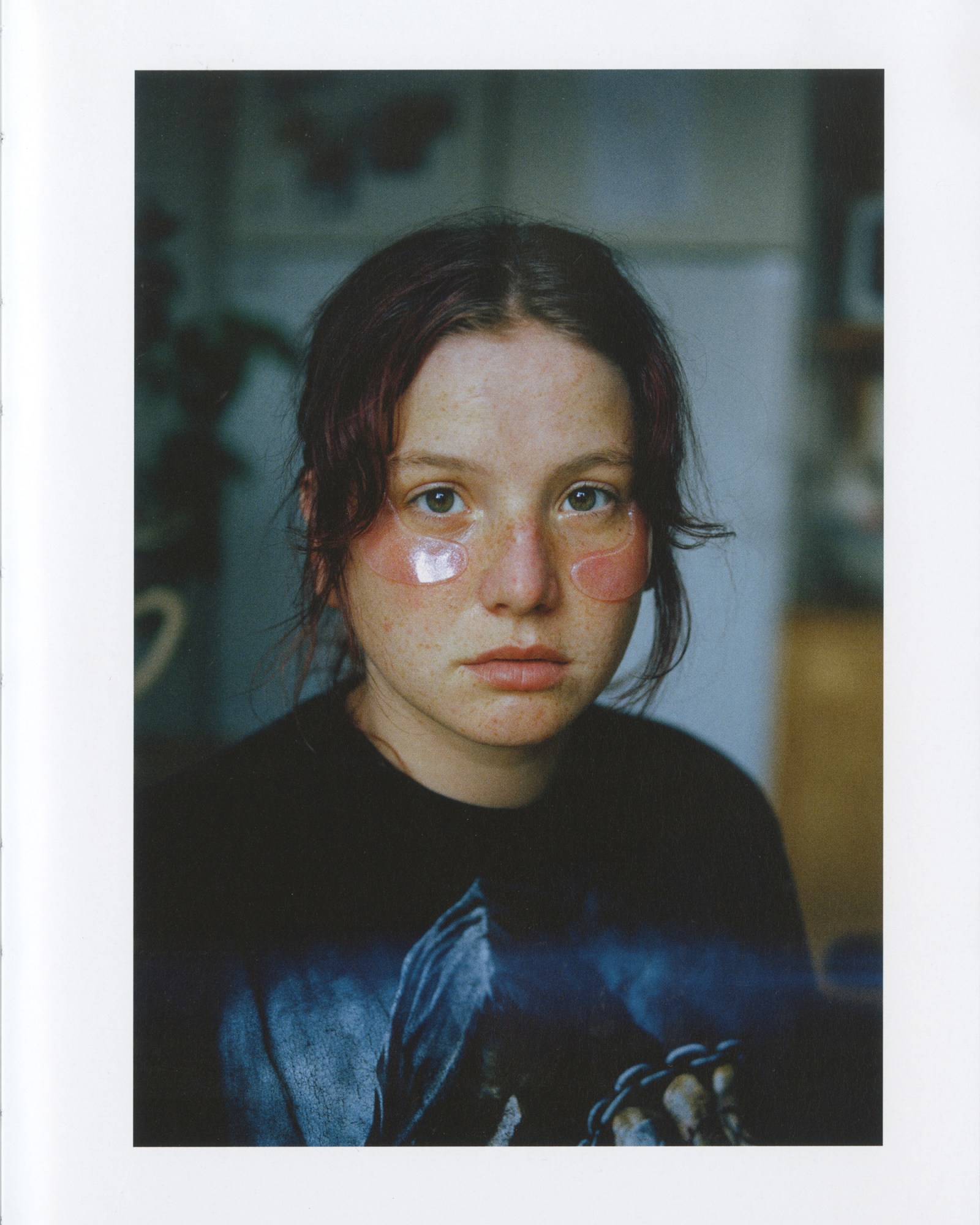
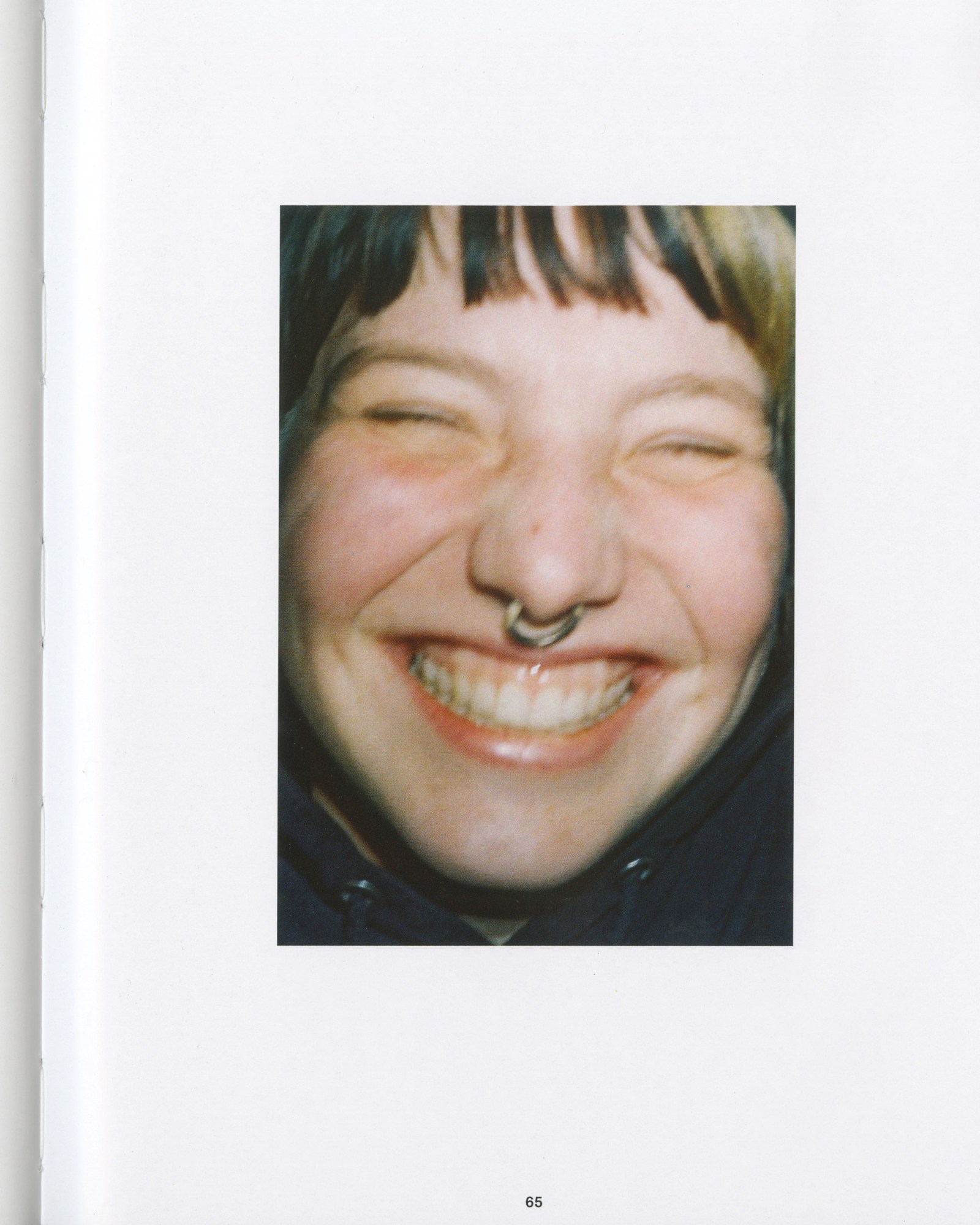
What’s the defining image or work of your lifetime, made by someone else?
The most defining photograph for me is the one of Frida Kahlo in her sickbed, lying in a hospital while painting. Taken in 1950, it captures her working on a painting that was never finished—now known as Portrait of Frida’s Family. I’m not sure who took the photograph, perhaps her father. It doesn’t fit neatly into any genre. It’s not journalism, fine art, or a self-portrait. It’s simply an image that exists, but its significance comes from the person in it—her story, her resilience, and her artistic practice. If I had to choose a painting, it would be Frida Kahlo’s The Broken Column (1944)—a work that has profoundly shaped me.
What is your favourite ƒ stop?
2.8, but if I had my dream camera, it would be 1.9.
Tell us two things you love and one thing you’d change about what you do.
I love being in the artistic process—sometimes even more than finishing a project. I enjoy learning, experimenting with different materials and formats, dreaming big, engaging in peer critiques, and almost every part of the journey—even the artistic crises that come with it. I also love that this field connects me with people from diverse backgrounds whom I would never have met otherwise. The one thing I’d change is my stubbornness. Once I develop a clear vision for a project, I tend to hold onto it tightly. I’d like to be more playful and open in my process.
Who is your dream subject and why?
Panteha Abareshi—an incredible artist I would love to photograph or collaborate with. Their exhibition Impaired Erotics at O-Overgaden in Copenhagen last summer deeply moved me on a personal level like no other art has before. It’s rare to see an exhibition of such depth that explores disability—not just as a singular condition, but as a nuanced experience—while also challenging societal perceptions of intimacy and eroticism as broken or nonexistent. Abareshi has an extraordinary presence—both strikingly beautiful and effortlessly captivating.
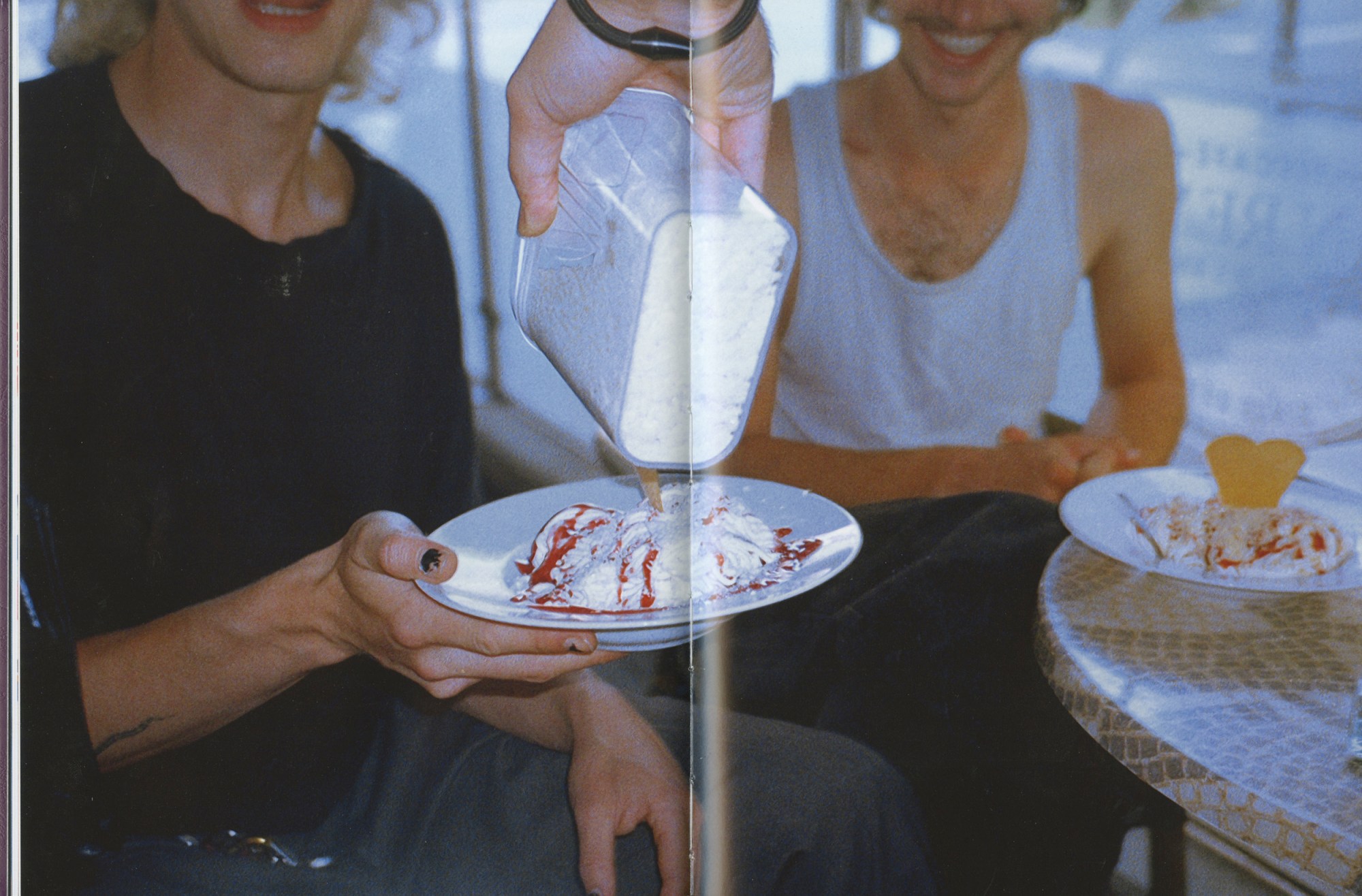
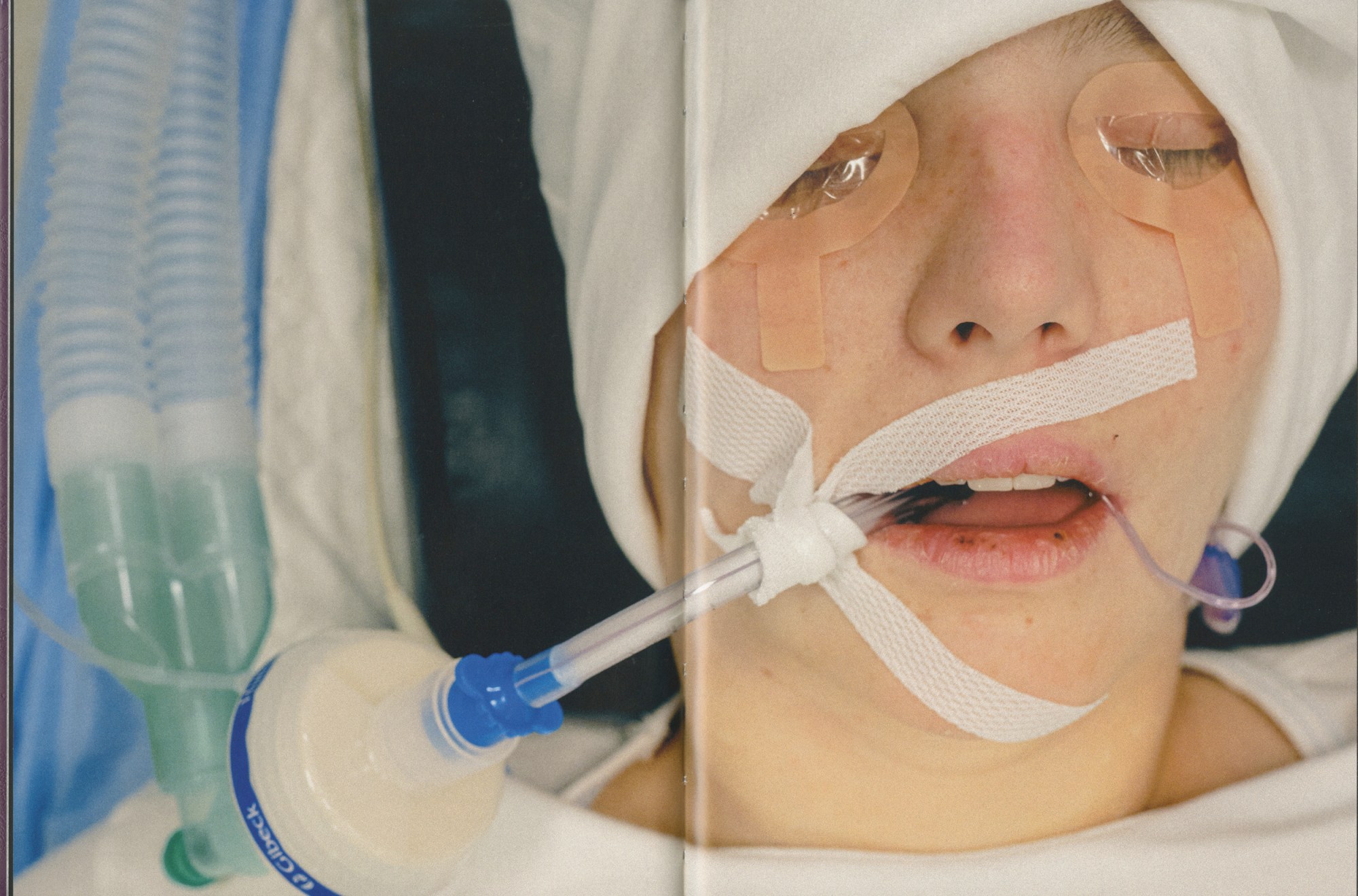

Frida Forever by Frida Lisa Carstensen Jersø is available to buy now via Disko Bay
